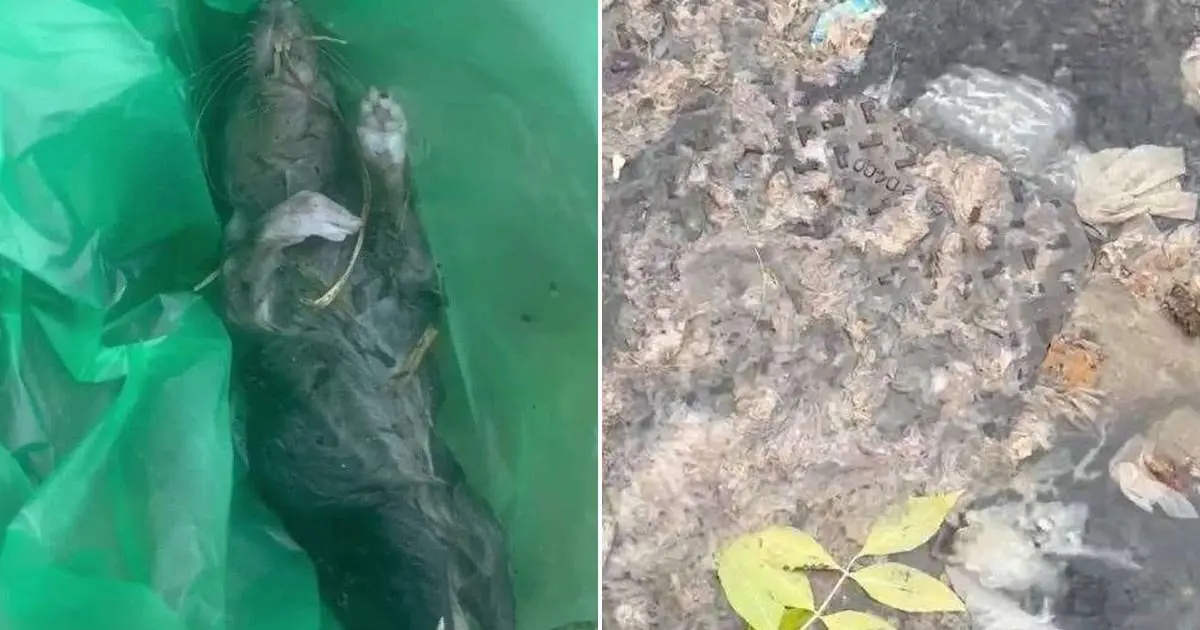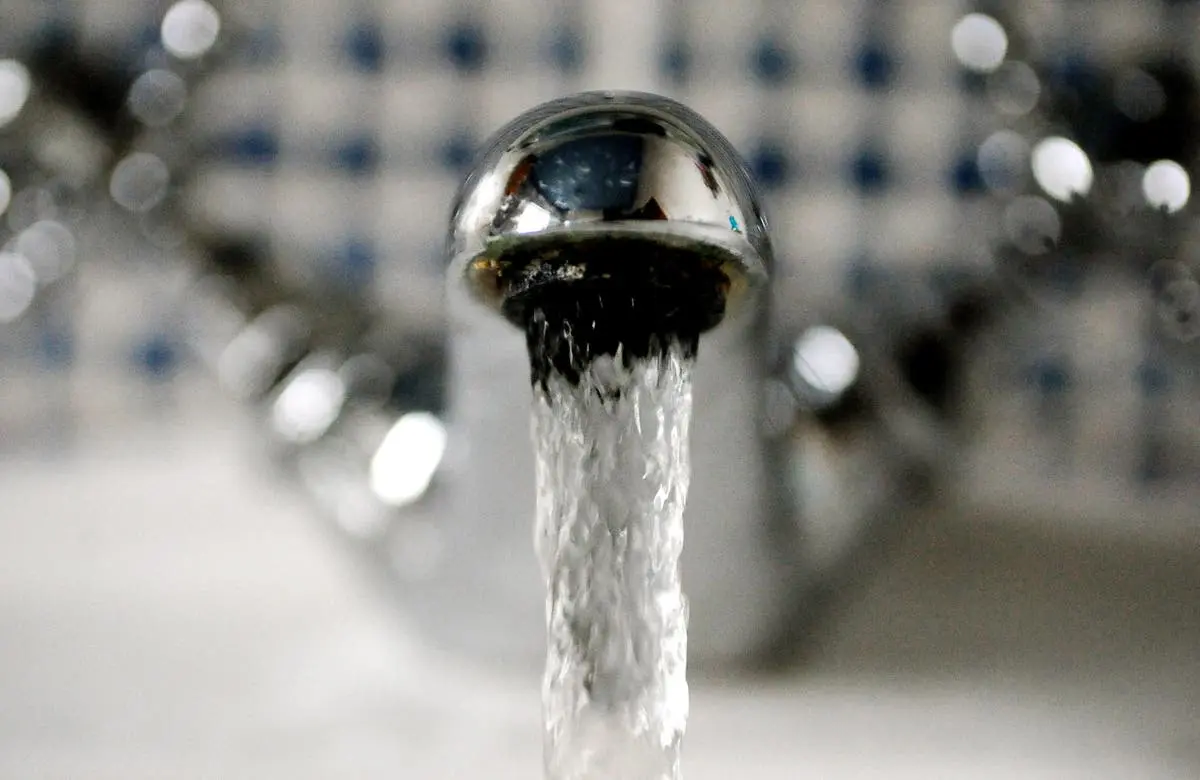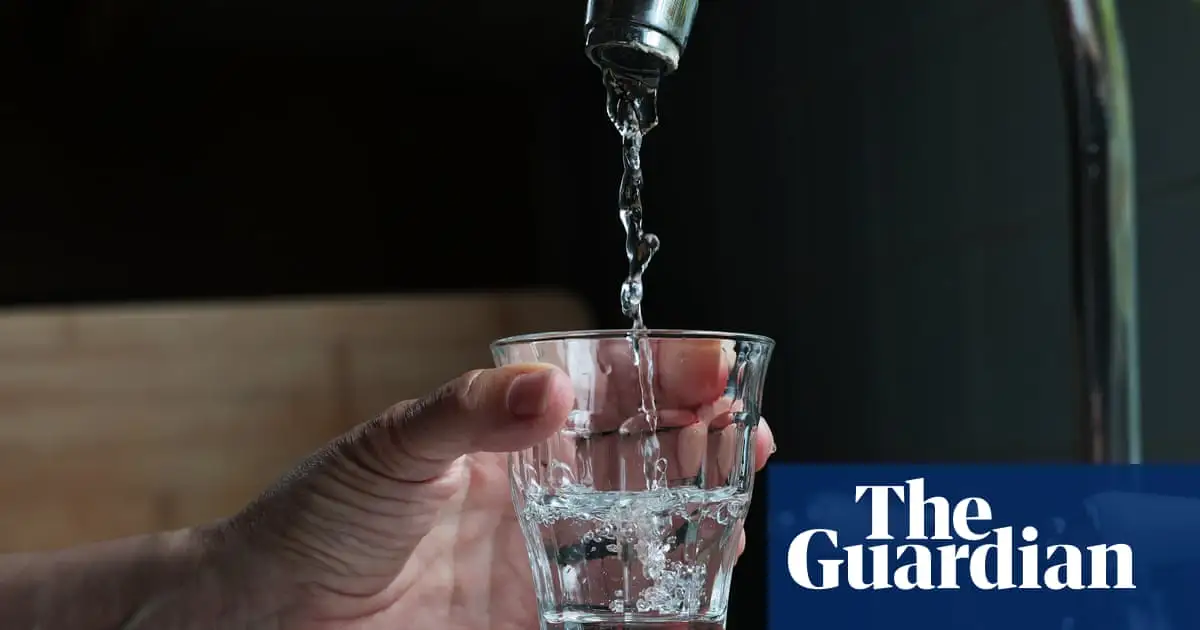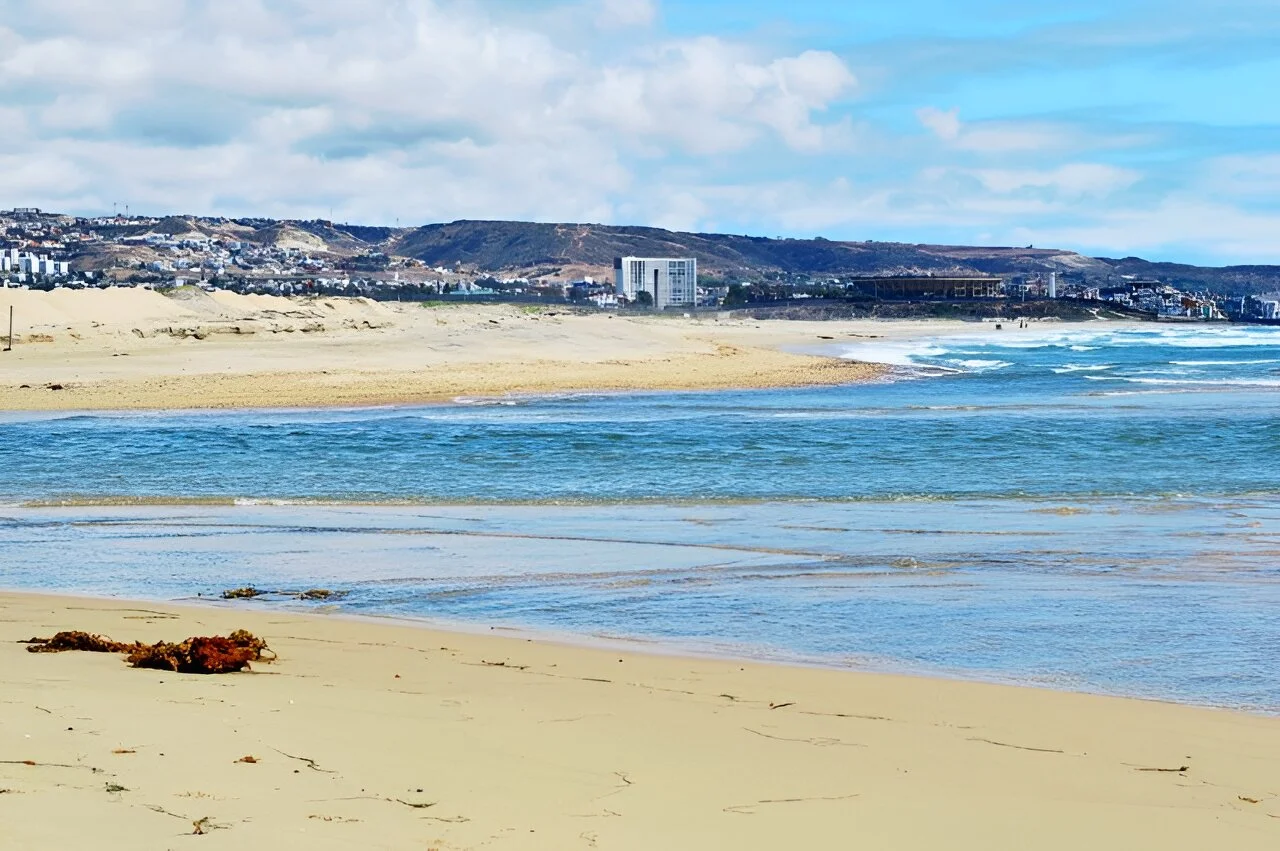- 32 Posts
- 37 Comments

 1·24 days ago
1·24 days agoYou’re very right about prions. But there’s more passing through reverse osmosis membranes than meets the eye.
Size cut-off is not the sole trans-membrane transport process. The material of some membranes allow the diffusion of some molecules - roughly, hydrophobic membrane materials allow diffusion of hydrophobic molecules… its more specific than this, though.
There are targeted studies to assess the removal of micropullutants that show that some micropollutants can pass membranes even though their size is bigger than what would reasonably be expected to be retained.
I don’t know anybody studying this with broad spectrum techniques that uncover unknown-unknowns.

 2·1 month ago
2·1 month agoI agree, the key is disclosure and transparency. Mandatory, if necessary.

 41·1 month ago
41·1 month agoIR’s México, warm and dry, it is a pretty safe bet that they’ll have evaporative cooling.
The alternative, without evaporative cooling, implies the release of pretty warm water. Which, if you go see has some damnning environmental impacts and can even be the limiting factor in say nuclear plants sizing.
Moreover, you talk as if the withrawal of information by these datacenter companies should be used as justification for “we don’t have the whole information why are you assuming the worst”. Thats a very flawed logic on itself but …well, look into some environmental history books and tell me what you see when companies use that argument as justification not to look closer.

 1·4 months ago
1·4 months agoI’m conflicted about this upvote.

 3·5 months ago
3·5 months agoNewPipe …for peertube and for YouTube! I use it in an Android.

 1·9 months ago
1·9 months agoLaundry softner?! Don’t use that, with the help of having soft water.

 2·9 months ago
2·9 months agoThank you!

 2·9 months ago
2·9 months agoYes, I thought that too. Been avoiding running plastic stuff in my dishwasher for 5 years …and always using these packs… Colour me ‘not cynical enough’.

 1·9 months ago
1·9 months agoMicroplastics pilling on.

 1·11 months ago
1·11 months ago10w is impressively low. And totally justifies the convenience in a lot of cases.
Thanks for the info.

 2·11 months ago
2·11 months ago10watts on stand-by? That’s impressive. I didn’t find that info on the website. Can you point me to where that is? plz

 1·11 months ago
1·11 months agodeleted by creator

 113·11 months ago
113·11 months agoBetter for what?
Moving parts and complexity makes it more prone to failure.
Also, how much energy do you need to keep this working? It’s not said on the website.
Granted, both kettle and this zori trade energy and complexity/failure-potential for convenience. Much more so the zori. How much is unknown. On the simple, less-energy end, you’d use an electrical resistance in an insulated jar.
All electric kettles will fail at some point. They have moving parts and are designed for obsolescence.
In my place I use a kettle that allows me to boil 1 cup of water. The filter mesh has failed long ago but the water does not have hardness. Instead I use a small improvised cap to keep the flow of vapour to the cut off thermostat (usually at the bottom of the handle).

 1·11 months ago
1·11 months agoSounds well intentioned. But…
I feel that there are any metrics supporting claims of environmental benefits, like saving water, treating water, removing pollutants.
Is iron oxide a pollutant? By itself I would not have though so.
What makes this different from finding a mineral resource and extracting it to sell?
EDIT: A couple of informative and interesting follow up links

 2·11 months ago
2·11 months agosmall scale solar like this is quite inefficient compared to grid-scale stations.
grid-scale generation is much more effective, both in cost and generation efficiency.
Can you explain a bit better on the magnitude of these differences and why they exist? Thx

 310·11 months ago
310·11 months agoBecause, as I walk through the city, it is 10x more common to find an e-scooter blocking the sidewalk than an SUV?
Or, maybe, because SUVs do not go at 25kph in walking areas?
I can absolutely agree with this…
to be clear about what’s a real problem, and what’s not. (…) Pick up trucks and monster SUVs are
-the-a problem and we need a public debate about those 3-4% biggest cars, the space they claim and the danger they pose.EDIT: My city has specific, identified and plenty spaces for e-scooters. Either the rental e-scooters break down (too) frequently, or (some of!) the users of those are assholes that abandon them at random.

 2·1 year ago
2·1 year agoIt was good advice.
The basic goal for treated wastewater is to have a low amount of easily digestible carbon source food.
Then usually the goal is about reducing the amount of other nutrients as nitrogen, then phosphorus…
All of this designed to avoid an unbalanced overgrowth of microbes in the water body that receives the wastewater stream. Were dilution, the sun and natural microbial predation are expected to further stabilize the (waste)water and allow for the death of contagious disease carrying microorganisms.
In the last couple of decades the research focus also looks at maybe reducing the amount of micropullutants these wastewaters are carrying — like non degraded medicines or other substances that have been found to have nefarious effects on the environment and maybe humans. —research.
When the goal is recycling the water, consideration is made to the content of disease causing microorganisms, like E. Coli, Staph., and a wide miriad of parasites that the current modern world best practices (barely) keep at bay - like tenías, giardia, etc., etc., etc… And not much is known about wastewater and the spread of viruses (like the COVID one).
Recycled water can be improved, usually at a higher cost of treatment. And always regarding specific targets. The unknowns and unmeasurables are not considered.*
So, yes, not all recycled water is brought to the same quality.
…It was good advise.
EDIT: * nowaday, at research level there are a few million dollar plus equipments that are quite a bit thorough on measuring stuff. And the unknown unknowns can be quite more controlled. But at a legal level things are far from it.

 3·1 year ago
3·1 year agoLook for “Portugal: How much of the country’s electricity comes from renewables?” in the bottom quarter.

 11·1 year ago
11·1 year agoIs it hard to believe or have you not thought about it hard enough?


















Thank you! And corrected.